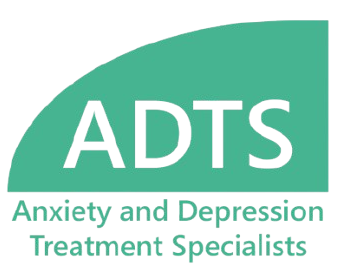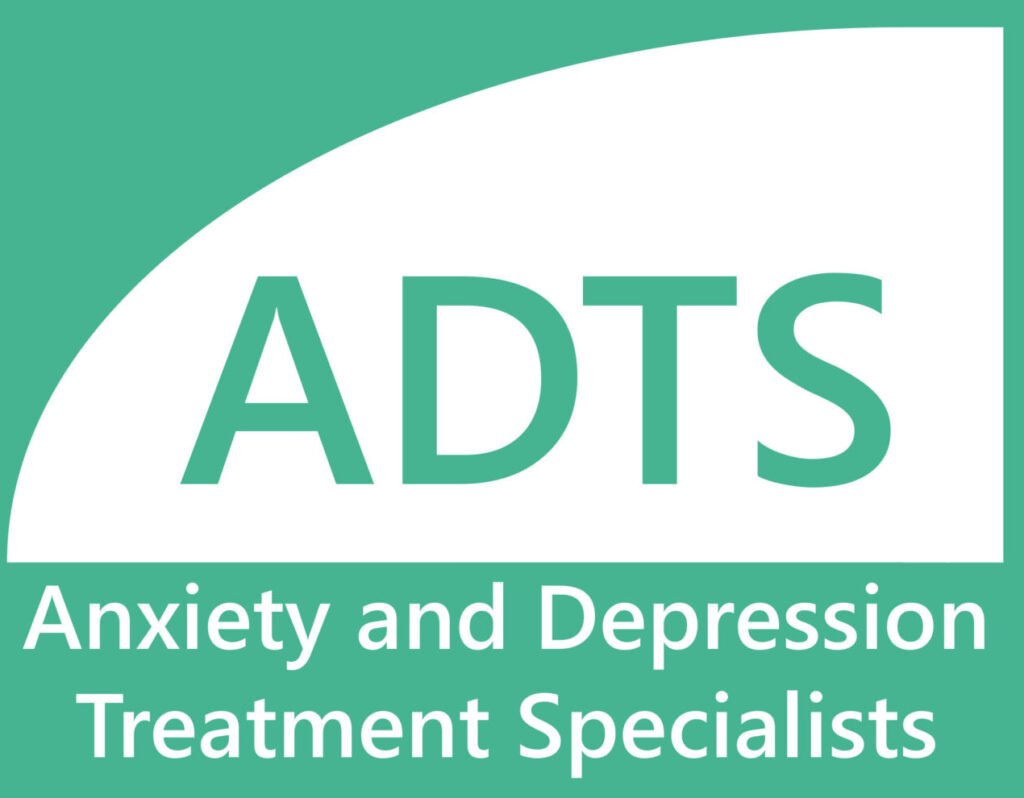In everyday conversation, the terms stress and anxiety are often used interchangeably. While they may feel similar and sometimes overlap, these are distinct psychological experiences with different causes, symptoms, and treatment approaches. Understanding the difference between stress and anxiety is crucial – especially when searching for effective help, such as a psychologist for social anxiety in California and Connecticut.
Stress is typically a present-oriented response to a change, trigger, or demand from the environment. Common stressors include work deadlines, academic exams, financial concerns, interpersonal difficulty, or major life changes. It is usually short-term and tends to resolve once the situation has passed (American Psychological Association, 2020). Physiologically, stress activates the sympathetic nervous system, often referred to as the “fight-or-flight” response (McEwen, 2007). An important thing to note is that short-term moderate stress can be beneficial. This is akin to being alert, attentive, engaged, and putting effort towards your performance via effects on the brain, musculoskeletal system, and cardiovascular system (Dhabhar, 2018). While stress can be motivating in small doses, chronic stress can lead to health issues like hypertension, digestive problems, and weakened immunity (Mayo Clinic, 2023). Relatedly, research on the stress response also emphasizes recovery from stress (Beckmann & Kellmann, 2004). While it may be beneficial to be moderately stressed during a stressor, it is also very important to quickly recover from that stress.
Anxiety, on the other hand, is more persistent and future-oriented. It involves excessive worry or avoidance that a feared outcome (e.g., social rejection) might occur due to a specific object, context, or behavior (e.g., attending a party). Anxiety and worry can sometimes be difficult to control – even in the absence of a clear or immediate threat. Anxiety disorders are the most common mental health condition in the U.S., affecting nearly 20% of adults each year (NIMH, 2023) and 43% of people during their lifetime (Kessler et al., 2012). For instance, individuals with social anxiety may feel overwhelming fear in social situations and avoid interactions altogether. In such cases, a psychologist for social anxiety in California and Connecticut can provide cognitive-behavioral therapy (CBT), which has proven highly effective (Hofmann et al., 2012).
The key difference between anxiety and stress is that stress is a reaction to a trigger, is more present-oriented, and usually results in recovery once that trigger is removed or address. Conversely, anxiety is a sustained mental health condition that is future-oriented and involves persistent worry. Both may share symptoms such as irritability, muscle tension, and sleep disturbances, but their management differs. Stress often responds well to lifestyle changes such as exercise, mindfulness, or problem-solving. Anxiety disorders, in contrast, typically require structured treatment from a licensed professional, including CBT, which includes exposure therapy and cognitive restructuring – both of which help the individual learn what is safe and, thus, reduce anxiety accordingly.
If your anxiety is interfering with daily life or relationships, consider seeing a psychologist for social anxiety in California and Connecticut. Early intervention improves outcomes and reduces the risk of the condition becoming chronic (Cuijpers et al., 2014). A specialized psychologist for social anxiety in California and Connecticut can help you differentiate between everyday stress and clinical anxiety and provide tools to regain control.
References
- American Psychological Association. (2020). Stress: The different kinds of stress.
- https://www.apa.org/topics/stress
- Beckmann, J., & Kellmann, M. (2004). Self-Regulation and Recovery: Approaching an Understanding of the Process of Recovery from Stress. Psychological Reports, 95(3_suppl), 1135–1153. https://doi.org/10.2466/pr0.95.3f.1135-1153
- Cuijpers, P., Sijbrandij, M., Koole, S., Huibers, M., Berking, M., & Andersson, G. (2014). Psychological treatment of generalized anxiety disorder: A meta-analysis. Clinical Psychology Review, 34(2), 130–140. https://doi.org/10.1016/j.cpr.2014.01.002
- Dhabhar, F. S. (2018). The short-term stress response – Mother nature’s mechanism for enhancing protection and performance under conditions of threat, challenge, and opportunity. Frontiers in Neuroendocrinology, 49, 175–192. https://doi.org/10.1016/j.yfrne.2018.03.004
- Hofmann, S. G., Asnaani, A., Vonk, I. J. J., Sawyer, A. T., & Fang, A. (2012). The Efficacy of Cognitive Behavioral Therapy: A Review of Meta-analyses. Cognitive Therapy and Research, 36(5), 427–440. https://doi.org/10.1007/s10608-012-9476-1
- Kessler, R. C., Petukhova, M., Sampson, N. A., Zaslavsky, A. M., & Wittchen, H.-U. (2012). Twelve-month and lifetime prevalence and lifetime morbid risk of anxiety and mood disorders in the United States. International Journal of Methods in Psychiatric Research, 21(3), Article 3.
- Mayo Clinic. (2023). Stress symptoms: Effects on your body and behavior.
- https://www.mayoclinic.org/healthy-lifestyle/stress-management/in-depth/stress-symptoms/art-20050987
- McEwen, B. S. (2007). Physiology and Neurobiology of Stress and Adaptation: Central Role of the Brain. Physiological Reviews, 87(3), 873–904. https://doi.org/10.1152/physrev.00041.2006
- National Institute of Mental Health. (2023). Anxiety Disorders.
- https://www.nimh.nih.gov/health/topics/anxiety-disorders







